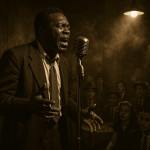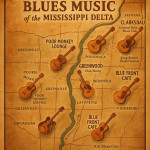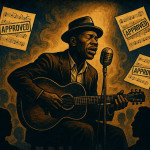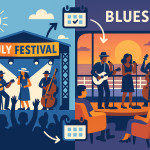Vintage microphones vs modern rigs: choosing gear that flatters a blues voice
A gritty growl, a velvety moan, or a soaring belt — every blues singer carries a unique signature. Yet the wrong microphone can smooth out the character you spent years chiselling. This guide compares vintage microphones and modern rigs, shows you how to pick the perfect match for your blues voice, and offers practical test workflows so you walk into the next session confident and gig-ready.
Why microphone choice matters for a blues voice
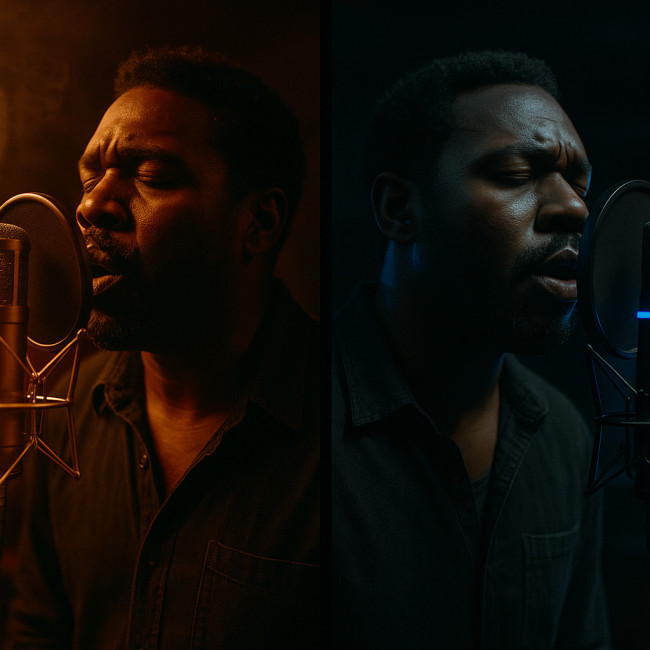
The blues lives in nuance: subtle rasp, breathy intimacy, and sudden dynamic leaps. A microphone that compresses transients, hypes top-end sparkle, or dampens low-mid warmth changes the story you tell. Choosing a mic is therefore less about “new versus old” and more about how capsule design, transformer colour, and circuitry reinforce or mask the soul of your delivery.
Vintage microphones: charm and caveats
Iconic models and their sonic fingerprint
- Neumann U47 (tube condenser) – Silky highs with a 5 kHz presence peak that adds bite to a smoky baritone.
- RCA 77-DX (passive ribbon) – Fat midrange, smooth roll-off above 12 kHz; perfect for taming sibilant tenors.
- Electro-Voice RE15 (dynamic) – Tight cardioid pattern helps isolate stage bleed during festival gigs.
Maintenance, availability and cost considerations
True vintage units feel like time capsules, but owning one is a commitment. Tubes wear out, ribbon elements sag, and replacement parts may need custom machining. Expect premium pricing and added insurance costs on tour. If you prefer renting, reserve early: collectors book out their U47 stock months before blues festival season.
Modern rigs: consistency meets flexibility
Digital modelling microphones
Brands such as Townsend Labs, Slate Digital and Antelope offer large-diaphragm condensers that, when paired with plug-ins, emulate dozens of classics. For touring blues vocalists, modelling mics mean you can fly with one carry-on capsule and still summon a Coles 4038-style ribbon for ballads or a vintage Telefunken for Delta shouts.
Contemporary dynamic and ribbon options
- Shure SM7B – A broadcast workhorse whose midrange “bark” enhances guttural phrasing.
- AEA R84a – Active ribbon with higher output than its passive ancestors, reducing noise on quieter passages.
- Warm Audio WA-44 – A faithful remake of the RCA 44, offering vintage texture with a modern warranty.
Decision matrix: vintage microphones vs modern rigs
| Criterion | Vintage microphones | Modern rigs |
|---|---|---|
| Tonal colour | Natural saturation, subtle transformer harmonics | Clean baseline plus optional plug-in colour |
| Reliability on tour | Fragile, climate-sensitive | Rugged build, consistent night after night |
| Upfront investment | €3 000 – €10 000 per piece | €300 – €1 800 (modelling bundle) |
| Maintenance | Tubes, ribbons, bespoke parts | Standard components, firmware updates |
| Resale value | Often appreciates | Depreciates like most electronics |
Key criteria to match mic to singer
- Voice type – Baritone crooners thrive on ribbons; piercing mezzos may need a condenser with a gentle top-end roll-off.
- Room acoustics – In untreated bedrooms, a tight hyper-cardioid like the SM7B avoids muddy reflections.
- Dynamics – If you jump from whispers to wails, favour high SPL handling (≥ 130 dB) to prevent clipping.
- Workflow speed – Modern rigs with USB-C interfaces simplify self-producing weekly singles for your blues singer directory profile.
- Budget spread – Would one €7 000 U47 serve you better than a €1 200 modelling mic plus acoustic treatment and a preamp? Crunch the numbers.
Signal chains that make talent scouts lean in
Below are three plug-and-play chains blues artists use to mesmerise A&R reps listening on earbuds:
- Old-school mojo – RCA 77-DX → Neve 1073 preamp → LA-2A optical compressor → Pultec EQP-1A (2 dB boost at 100 Hz).
- Tour-bus studio – Shure SM7B → SSL 2+ interface (4K mode) → Softube Tape plug-in for analogue glue.
- Hybrid flexibility – Townsend Sphere L22 (U47 model) → API 512c preamp → FabFilter Pro-DS de-esser → Slate Virtual Mix Rack for final sheen.
Want to hear how these translate into booking-ready snippets? Check out our guide on optimising your voice demos.
Field-test checklist before you buy
- Bring your own pop filter and favourite blues standard for consistency.
- Record at least 30 seconds at whisper, mid, and belt volumes.
- Compare raw takes in mono first; stereo widening can mask flaws.
- Listen on studio monitors, earbuds and a smartphone speaker.
- Rate each mic on warmth (100–400 Hz), presence (4–6 kHz) and sibilance (7–10 kHz).
- Re-amp the best take through your live PA to spot feedback issues.
Source : Reverb.com Used Gear Index
Interactive quiz: test your mic-matching instincts
Next steps: from demo to booking
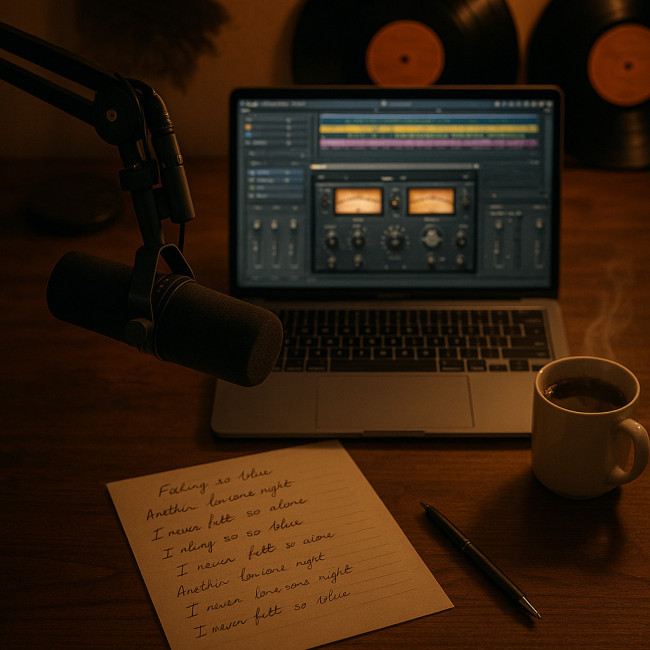
Once you have raw takes that showcase the mic's synergy with your timbre, craft a 15-second teaser. Subtle EQ, 2:1 compression, and tasteful spring reverb evoke the juke-joint vibe talent scouts expect. Follow the production pointers in our article on tightening your audio mixing and pair it with a set list that sells your story.
FAQ
- Do vintage microphones really sound “better” for blues?
- They offer transformer saturation and tube harmonics that many associate with classic blues records. However, a well-voiced modern ribbon or modelling mic can replicate most of that character at lower cost.
- Should I bring my own mic to every gig?
- If consistency is critical, yes. Carry a road-ready dynamic like the SM7B plus a backup capsule. Always check the venue's phantom-power spec before plugging in older ribbons.
- How can I test a mic if no retailer stocks it near me?
- Many online sellers run “try-before-you-buy” programs. Rent the mic, record stems in your space, and keep detailed notes on gain staging, proximity effect, and sibilance before the return window closes.
Conclusion: choose gear that honours your story
Your voice is an instrument; the microphone is its first amplifier. Whether you invest in a museum-grade vintage piece or a flexible modern rig, follow the field-test checklist, listen critically across playback systems, and align your choice with the venues, budgets, and release schedules that drive your career. Treat the mic as a creative partner, and every note of your blues will ring true.
Ready to capture that magic take? Bookmark this guide, schedule a test session this week, and let your next recording turn heads in both smoke-filled clubs and algorithmic playlists.
